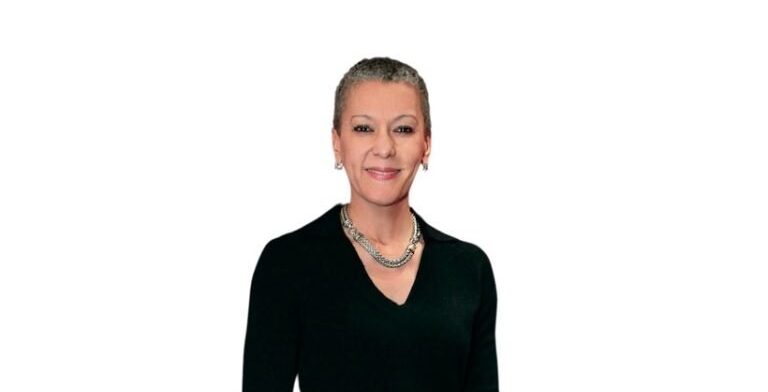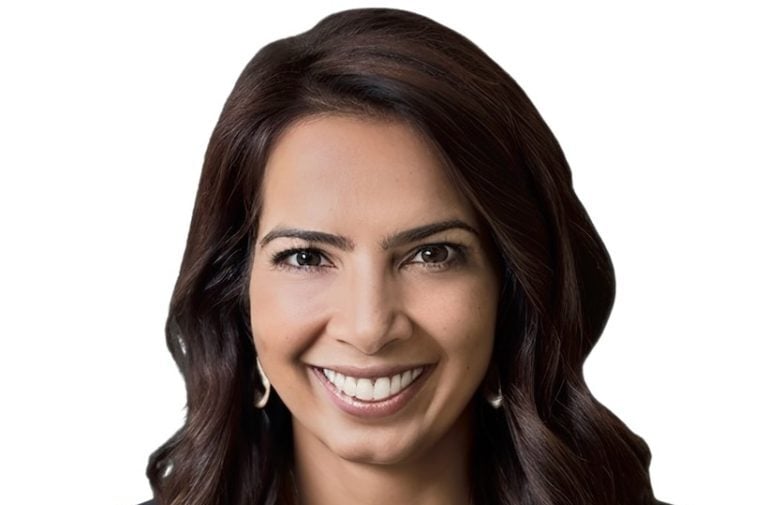The old leadership model of command and control in the workplace has broken down in the past few years. Luckily, Stephen M.R. Covey has a solution. Mr. Covey is a world-renowned keynote speaker and author, most known for his two books, Speed of Trust and Smart Trust. Covey’s newest book, Trust and Inspire, details a way of leading that starts with believing that people are creative, collaborative, and full of potential.
Jim McCann: How do we work to maintain a good and healthy culture for our company and for its people?
Stephen M.R. Covey: People long for human connection. You must be deliberate when you are bringing people together. And maybe that’s more frequent, maybe it’s not, it depends on the business and the context. But we must try to find ways—especially when we are virtual—to do the best we can to the equivalent of those watercooler talks.

How has the ESG dialogue changed? I’m going to guess that 10 years ago, it wasn’t something that you addressed a lot with the companies and CEOs that you coach.
I think that’s accurate. While there were a few that were kind of ahead of the game, it is a different discussion today. Of course, you have a whole range of people that say the words, but still mimic the old model of “shareholders only.” But there are also those who are saying, “Look, the world has changed, and we’ve got to change with it.” My big argument in this book is that the way you’re going to win in the marketplace, in the long run, is by first winning in the workplace with your own people, with your own team.
How is it that people who grow up living and working in a command-and-control structure, like those in the military, are such good participants in a trust and inspire environment?
That’s an interesting question and I have a couple of thoughts on it. First, at least in the United States, the military is our highest trusted institution. As for professions, nurses are maybe the highest trusted profession. But as an institution, the military remains more trusted than anything else. And while command control is kind of a military term, what’s interesting is, even within the military, it’s shifting to where there’s far more trust being extended. And the military—historically—is focused a lot on the credibility, the trustworthiness of people, their character, and their competence.
Trust is the secret sauce of the military. Even though they have historically been in a command and control mindset, or hierarchy, I would say that the mindset over the last decade or so has shifted—even within some hierarchal command control mechanisms, we are moving toward the mechanisim of trust and inspire.

How do you model how to “trust and then inspire” people?
Whenever you’re extending trust, whether that’s in a virtual setting or in person, you need to build an agreement together around the trust being extended and being given so that there are clear expectations. And there’s an agreed-upon process for accountability to those expectations. You’re really trying to shift the responsibility from me, as the boss hovering over the person, to the person taking ownership and responsibility. Then people feel like, “Hey, I’m really responsible, they really trust me, they’re not just saying that they trust me, they do trust me, and I’m accountable to this agreement and the results I’ve agreed to.”
When you build that relationship of trust first, and then build an agreement with expectations and accountability, where the person feels responsible for the agreement you built together, that tends to bring out the best in people to the point where they are actually more productive. If they feel inspired because they feel truly trusted, they perform better.
A study from Bain came out that showed inspired employees are 125% more productive than merely satisfied employees. So just being satisfied is not enough. Inspired employees were even 56% more productive than engaged employees. And we’ve been using engagement kind of as the holy grail right? And that’s a good thing, you won’t get the inspiration without going through engagement. So engagement is still necessary to go after.
If people feel inspired—and inspire means to breathe life into—then there’s another level of productivity that can be reached.”
But then there’s another frontier. If people feel inspired—and inspire means to breathe life into—then there’s another level of productivity that can be reached, as they then choose to give, they volunteer, they’re more creative, and they’re more innovative. And that’s what we’re trying to get to. And that’s why trust and inspire is where I think leadership is going.
When you worked with a completely virtual company, what about the leadership there did you really take note of? What did you notice about leadership that can be so effective in a completely virtual environment?
Their focus is on how to extend that trust with clear expectations and with agreed-upon accountability. By building an agreement together, almost by definition, they were saying “We trust you.” But they had not focused enough on clear expectations around the trust being given. So, they needed more help on building the agreement. I call it the stewardship agreement, trust being given with expectations and accountability. And it goes back even as far back as my father. When I was seven years old, he taught me how to take care of our lawn. He called it green and clean. He trained me over two weeks to take care of our lawn, but the whole point was, “It’s your job. We need green and clean.” That’s the result. How I did it was up to me. I could turn on the sprinklers, use a hose, or bucket, or spit all day long, but the result needed was green and clean. And then he built accountability into it, saying, “Hey, once a week, let’s walk around and tell me how you’re doing.” So, if it works with a seven-year-old, it’ll work with a 17-year-old, or a 27, 37, 57, or 77-year-old because these principles work.
What do you think about the idea of a year of service for our country, that people when they graduated from high school, would do a year of service of some kind or another before they go on to their college education?
I think the principle of it is profound to serve and to have a mindset of service. “How can I best serve?” is a big idea especially since we live in a culture that tends to be the opposite. The mindset of serving, helping, caring, elevating, embracing, loving, and coming together—we need more of this in our society because we are fractured and divided too much and a service mentality would go a long way to begin to shift that, that’s the premise. Dr. Martin Luther King put it that everyone has the potential for greatness, not for fame, but for greatness, because greatness is determined by service. One of the fundamental beliefs of trust and inspire leadership is stewardship. The job of a leader is to put service above self-interest.
I was privileged to see your dad speak a couple of times. And in one session, I think at a convention in Las Vegas, he told half the room before he began his remarks: “So you have your pad, you have your pens, you’re going to be required at some point and step up and reteach this.” And the other half of the room was there just as participants and listeners. The scoring in terms of retention was remarkably higher than those who had the expectation to listen. They had to take notes differently to be prepared to present the material. now whenever we go into a meeting, I usually take a young person on the side and say, “At the end, I’m going to call on you to summarize where we were, what the action items were, and what did we learn from today’s meeting?” And it always puts them on the spot, but they participate so much more, they get so much more out of it, and in turn, get us more out of it.
The best way to learn is to teach and to see yourself as a teacher. It is a mindset, and trust and inspire begins with that mindset.











